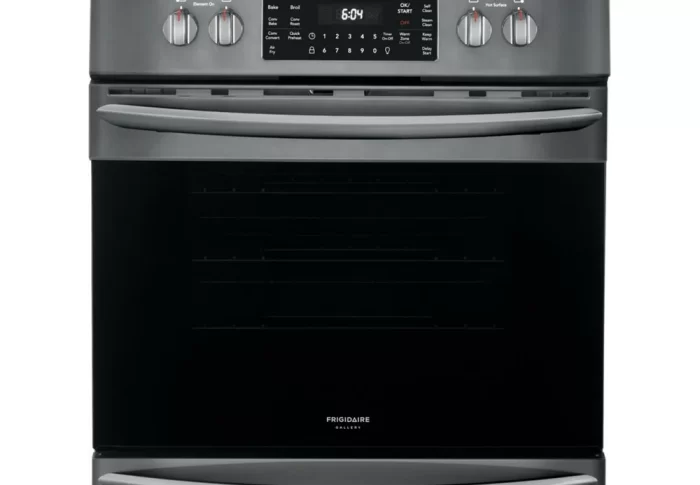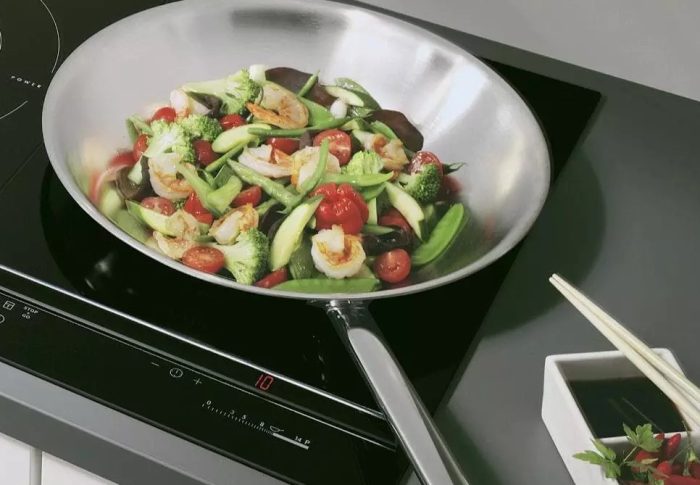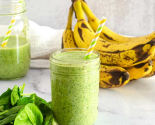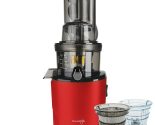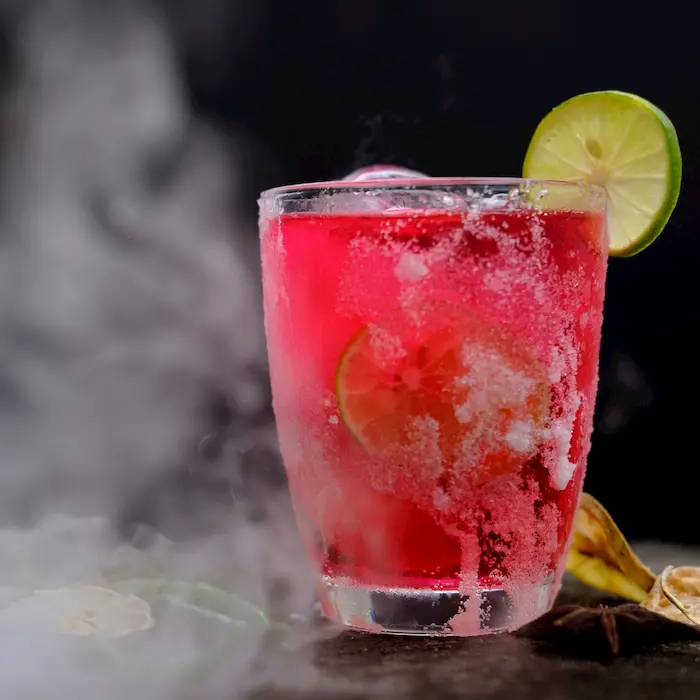
Juicing with Frozen Fruit: Practical Guide
The Basics of Juicing Frozen Fruit
Juicing with frozen fruit may sound challenging, but it is quite doable with some preparation. To start with, understanding the basic differences between juicing fresh and frozen produce is essential. The key question: Can you use frozen fruit in a juicer? The answer is yes, but there are some steps to follow to ensure success.
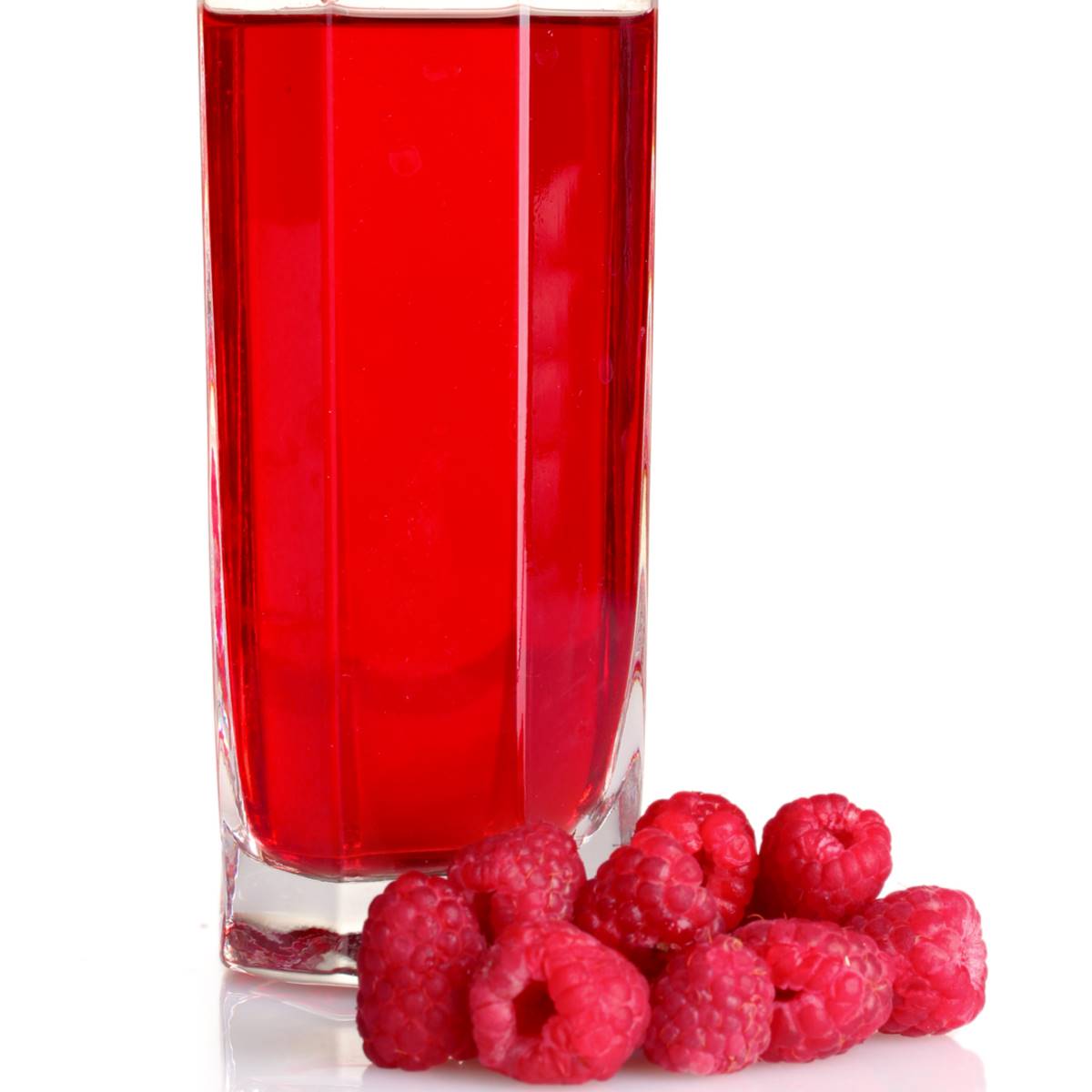
Before you begin, know that frozen fruits are harder than fresh. Due to freezing, their cells are more compact and can cause strain on your juicer. Therefore, thawing the fruit beforehand is crucial to protect your equipment and achieve a smooth juice consistency. Furthermore, you should expect a slightly different texture and flavor from juices made with frozen fruit.
After thawing, some fruits may release excess water, which you can strain to avoid a watered-down taste. Keep the size of your juicer’s feeding chute in mind, as you might need to break up larger pieces of fruit for easier processing. Finally, remember that peeling fruit is unnecessary before juicing, even when frozen. The peels are packed with nutrients that contribute to a healthy, flavorful juice. Armed with this basic understanding, you are set to explore the realm of juicing with frozen fruits effectively.
Thawing Techniques for Optimal Juicing
Thawing frozen fruit correctly is key for successful juicing. Here’s how you can achieve the best results with your frozen produce.
Step 1: Plan Ahead for Thawing
Always thaw your fruit entirely before juicing. To prevent any rush, place your frozen fruit in the refrigerator the night before you plan to juice. This slow thawing process helps maintain the fruit’s structure and juice yield.
Step 2: Room Temperature Thawing
If you’re short on time, you can speed up the thawing process by leaving the frozen fruit out at room temperature. Spread them on a flat surface to ensure even thawing. However, don’t let them sit out too long, as this could lead to spoilage.
Step 3: Using Warm Water
For a quicker method, you can submerge the frozen fruit in a bowl of warm water. Change the water every 10 minutes to maintain a consistent thawing temperature. This method is faster, but you must be vigilant to avoid over-thawing or cooking the fruits.
Step 4: Microwave Thawing
As a last resort, you can use your microwave’s defrost setting to thaw the fruit. Be very cautious with this method; use short intervals and low power settings to prevent cooking the fruit. Stir periodically to ensure even thawing.
By using these techniques, your frozen fruit will be ready for juicing without damaging your juicer or compromising the juice quality.
Choosing the Right Juicer for Frozen Produce
Choosing a juicer that handles frozen fruit well is essential. Not all juicers are up to this task. Hard frozen produce can damage some machines. So, it’s key to pick the right type for your needs.
Masticating Juicers Are Best
When you’re juicing frozen fruit, masticating juicers shine. They work by slowly crushing and grinding the produce. Because of their slow processing speed, they don’t strain with harder, thawed fruits.
Centrifugal Juicers Are Not Ideal
Centrifugal juicers use fast spinning blades. This design is not well-suited for frozen fruit, even when thawed. The hard pieces can blunt the blades or cause jams.
Quality Matters in a Juicer
Invest in a high-quality masticating juicer for frozen fruit. Look for one with a strong motor and durable parts. It will pay off in the long run by handling frozen produce without damage.
Consider Your Juicing Habits
Do you juice often? Do you prefer quick results or maximum nutrition? Your answers help select the right juicer. For frozen produce, go for a slow juicer, like a masticating model.
By choosing the right juicer for frozen produce, you can enjoy nutritious juices with ease. Remember to thaw fruits completely first, and never rush the juicing process.
Nutritional Differences: Frozen vs. Fresh Fruit Juices
When comparing the nutritional value of juices made from frozen and fresh fruits, there are a few differences to consider. Fruit that is frozen quickly after harvest often retains a high level of vitamins and minerals. This rapid freezing process preserves nutrients that might otherwise degrade during transport and storage of fresh produce.
Often, the juice from frozen fruit can have a similar nutrient profile to fresh juices. However, the thawing process might lead to some nutrient loss, especially if fruits are thawed in warm water or left out for extended periods. It’s best to thaw frozen fruits in the refrigerator or at room temperature to minimize this loss.
Another consideration is that fresh fruit, when juiced immediately after being picked, may offer more live enzymes. These enzymes can be beneficial for digestion but are usually inactive in frozen fruit due to the low temperatures.
In summary, while there are minor differences, juicing with frozen fruit can still yield a nutritionally rich beverage. It’s essential to handle the thawing process carefully to maintain the highest nutrient content. By understanding these nuances, you can ensure that your juices are not only delicious but packed with the vitamins and antioxidants your body needs.
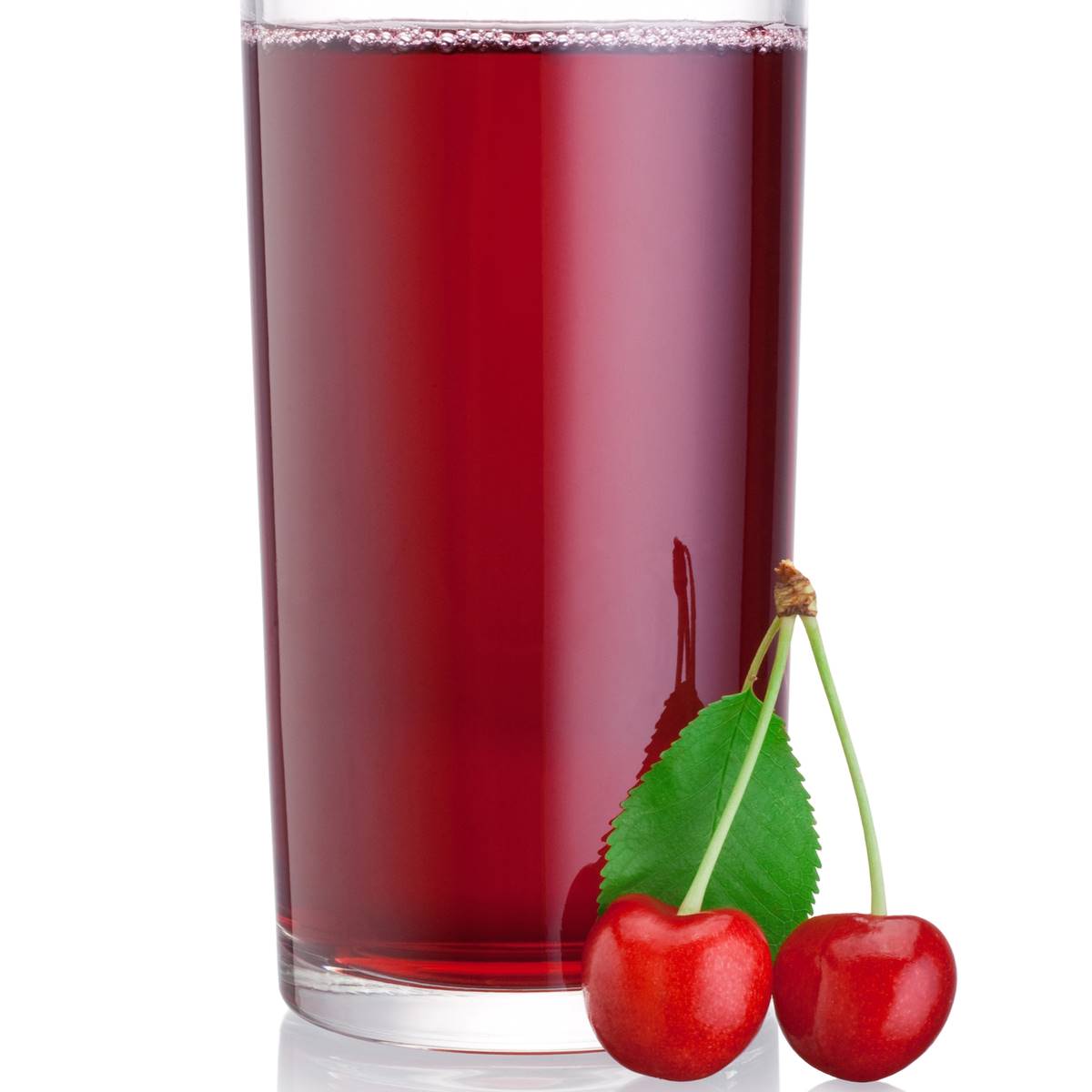 Preparation Tips for Juicing Frozen Fruit
Preparation Tips for Juicing Frozen Fruit
Juicing frozen fruit is easy once you know how to prep it. Here are the steps.
- Break Into Smaller Pieces: Check your fruit. If you have large chunks, cut them smaller. This makes juicing smoother.
- Pre-Thaw Before Juicing: Thawing frozen fruit is a must. It will prevent your juicer from breaking.
- Strain After Thawing: Once thawed, there may be extra water. Strain it to avoid diluting your juice.
- Add Fresh Produce: Mix in some fresh fruit. This can lift the flavor and add freshness.
- Adjust Texture with Water: If the juice is too thick, a little water can thin it. Add sparingly and taste as you go.
- Use the Right Juicer: Not all juicers suit frozen fruit. Masticating juicers work best.
- Save the Pulp: Don’t discard the pulp. It has fiber and can be used in other recipes.
By following these tips, juicing frozen fruit becomes simple and effective!
Creative Recipes for Frozen Fruit Juices
Turning frozen fruit into delicious juices requires creativity and a few key steps. Here are some recipes to get you started:
- Berry Blast Juice: Combine thawed mixed berries with a splash of apple juice. Blend until smooth.
- Mango-Peach Dream: Mix thawed mango and peach slices with a bit of orange juice for a tropical taste.
- Spinach & Berry Wellness: Blend spinach with a mix of berries and a banana for sweetness.
- Pineapple-Citrus Zinger: Juice thawed pineapple chunks with fresh orange and a hint of ginger.
- Antioxidant Powerhouse: Juice thawed blueberries, strawberries, and a touch of beetroot.
Remember to thaw fruits completely before juicing. Start with a solid masticating juicer, and add pieces slowly. Mix in water or fresh juice if needed to adjust consistency. Enjoy the rich flavors and nutrients these frozen fruit juices offer. They’re perfect for any season and a great way to use up any fruit you’ve saved in the freezer.
Pros and Cons of Using Frozen Fruit in Juicing
When contemplating whether you can use frozen fruit in a juicer, considering the advantages and drawbacks is key to making an informed decision. Here’s a breakdown of the pros and cons associated with juicing frozen fruit.
Pros of Juicing Frozen Fruit
- Longer Shelf Life: Frozen fruits last much longer than fresh ones, reducing food waste.
- Year-Round Availability: Out-of-season fruits can still be enjoyed throughout the year.
- Cost-Effective: Often cheaper than fresh, frozen fruits are budget-friendly.
- Nutrient Retention: Freezing preserves nutrients effectively and might even be better than fresh in some cases.
- Convenience: Prepped and ready to use, they save time on washing and chopping.
- No Preservatives Needed: Most frozen fruits don’t contain added preservatives.
Cons of Juicing Frozen Fruit
- Extra Prep Required: Thawing is necessary and takes foresight and time.
- Potentially Lower Yield: Juice from frozen fruits may be less than from fresh.
- Freezer Burn: It can affect the taste if not stored properly.
- Risk of Equipment Damage: Not thawing correctly could harm your juicer.
- Thicker Consistency: Juice might need adjustments for texture and water content.
- Nutrient Degradation: If thawed improperly, some nutrients could be lost.
In summary, while there are hurdles to overcome, the benefits of using frozen fruit in a juicer can make it a practical and nutritious choice for many. Always ensure to follow proper thawing techniques and use a suitable juicer to get the best results.
 Maintenance and Care for Your Juicer When Using Frozen Fruit
Maintenance and Care for Your Juicer When Using Frozen Fruit
To keep your juicer in top condition while using frozen fruit, follow these tips:
- Always Thaw First: Never juice frozen fruits directly. Thawing prevents blade damage.
- Clean Promptly: After juicing, clean your machine right away. This avoids sticky residue.
- Check for Damage: Inspect your juicer blades regularly. Sharp blades are crucial for effective juicing.
- Use Correct Settings: If your juicer has multiple settings, choose the one best for soft fruits.
- Avoid Overloading: Feed fruit pieces slowly into the juicer. Overloading can strain the motor.
- Follow Manual Instructions: Read your juicer’s guide. It has important care and use tips.
- Regular Maintenance: Keep up with regular upkeep. Check the user manual for specific advice.
- Stay Alert for Sounds: Listen for unusual noises. They can signal a problem.
By taking these precautions, you can ensure your juicer lasts longer and works well with frozen fruit. Always read the manufacturer’s instructions for specific advice relating to your model. A well-maintained juicer is key for tasty, nutritious juices from frozen produce.

